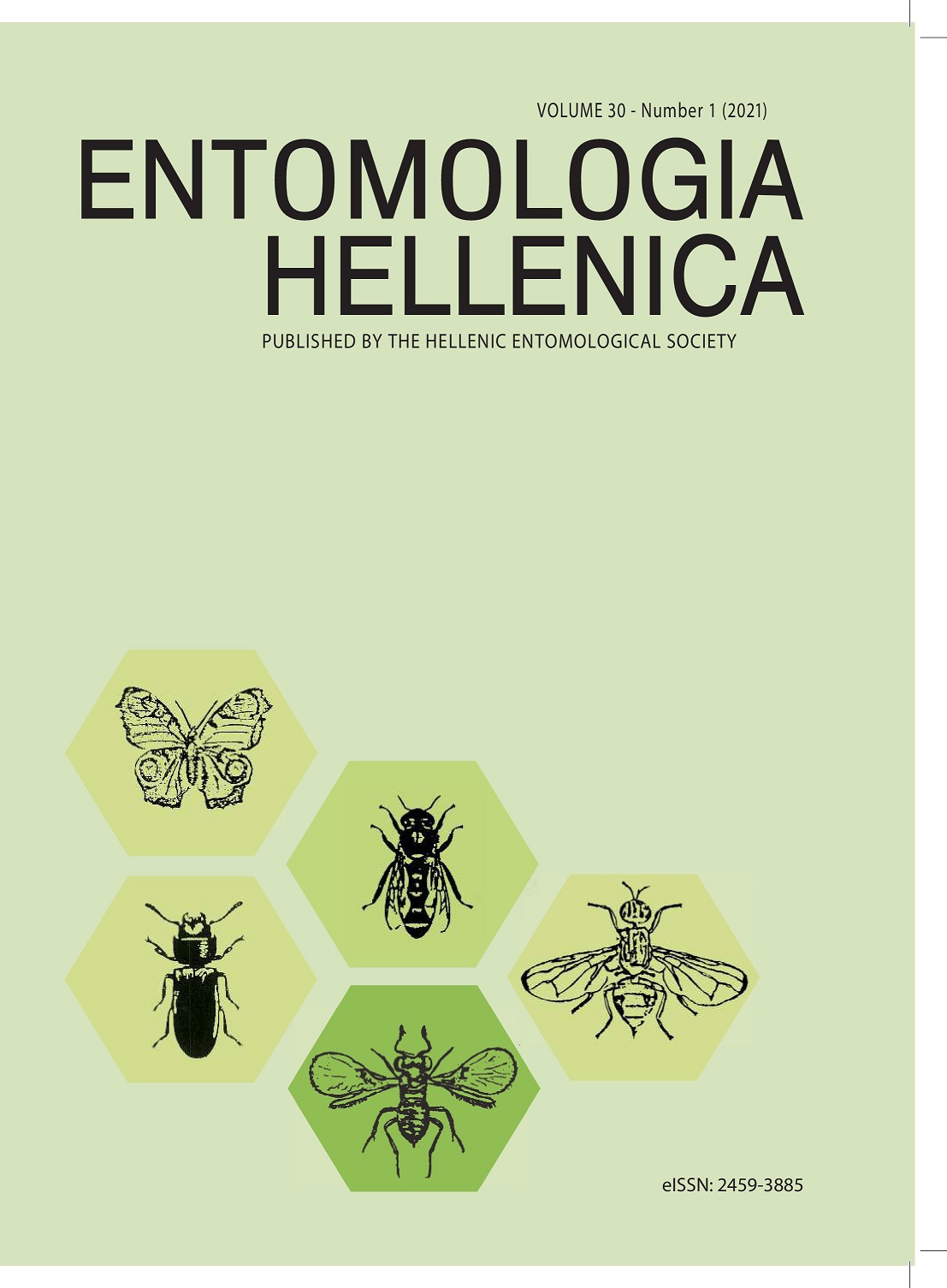Susceptibility of several cotton varieties to the cotton flea beetle, Podagrica puncticollis Weise (Coleoptera: Chrysomelidae), in a hot dry tropical environment of Ethiopia

Abstract
Field trials were conducted to determine the reaction of cotton varieties to cotton flea beetle infestation. The experiment was laid out in a Randomized Complete Block Design with three replications comprising twelve cotton varieties. The results showed significant (P < 0.01) differences among varieties in the populations of adult beetle they hosted and the injury they sustained at 15, 22, 29, 36 and 43 days after sowing (DAS). At 15 DAS, the highest numbers of adult beetle per plant (6.3), percent leaf area damaged (60.32 %) and number of shot-holes per attacked leaf (53.4) was recorded in Cucurova variety, whereas the lowest in Bulk-202 (2.05 beetles, 26.15% leaf area damaged and 23.16 shot-holes). The rate of incidence and damages decreased with the increase of the age of the cotton plants. Significant differences were also observed among cotton varieties in some agronomic characteristics i.e. in number of plants counted per plot at harvest and seed cotton yield in terms of kilogram per hectare. Seed cotton yield obtained from all cotton varieties varied from 602.36 to 1644.71 kilogram per hectare and the highest was obtained from Bulk-202, while the lowest from Local variety. Based on these findings, Cucurova, Local, Ionia and Acala SJ-2 varieties showed highly susceptible response, while Candia, Sille-91 and Deltapine-90 were moderately susceptible to cotton flea beetle. However, Bulk-202, Delcero and Claudia were relatively more tolerant varieties followed by CCRI-12 and Cuokra. These results will be important for the most proper management of cotton flea beetle.
Article Details
- How to Cite
-
Abebe, E. A., BAYEH, M., TEBKEW, T., & MULATU, W. (2021). Susceptibility of several cotton varieties to the cotton flea beetle, Podagrica puncticollis Weise (Coleoptera: Chrysomelidae), in a hot dry tropical environment of Ethiopia. ENTOMOLOGIA HELLENICA, 30(1), 1–19. https://doi.org/10.12681/eh.23270
- Issue
- Vol. 30 No. 1 (2021)
- Section
- Articles

This work is licensed under a Creative Commons Attribution-NonCommercial-ShareAlike 4.0 International License.
Authors who publish with this journal agree to the following terms:
Authors retain copyright and grant the journal right of first publication with the work simultaneously licensed under a Creative Commons 4.0 license.
Authors are able to enter into separate, additional contractual arrangements for the non-exclusive distribution of the journal's published version of the work (e.g. post it to an institutional repository or publish it in a book), with an acknowledgement of its initial publication in this journal. Authors are permitted and encouraged to post their work online (preferably in institutional repositories or on their website) prior to and during the submission process, as it can lead to productive exchanges, as well as earlier and greater citation of published work.


